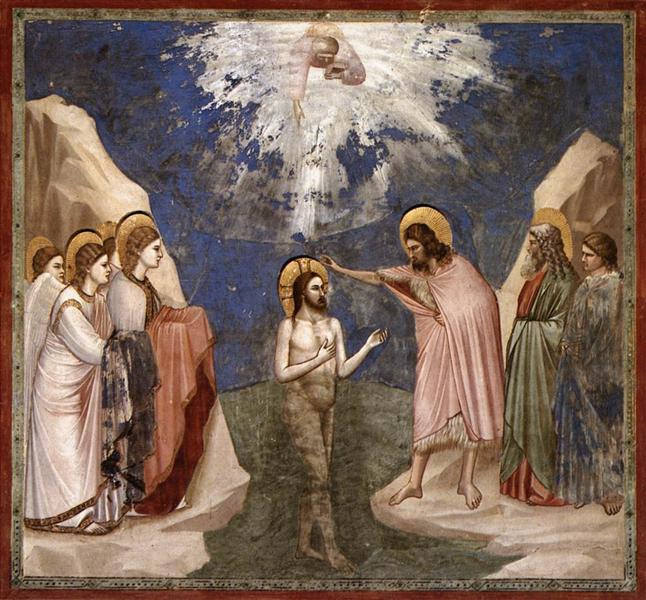Epiphany
|
The earliest reference to Epiphany as a Christian feast was in 361 C.E., in reference to a double feast of baptism and birth (Ammianus Marcellinus, XXI, ii). Later the Epiphany came to include the various events from the birth to the baptism of Jesus, and to emphasize the visit of the magi. There is written evidence around 200 C.E. that the followers of the Gnostic Basilides celebrated the Baptism at this time on January 6 and 10.
|
|
"When the Christ appeared among the Aeons of Light, and the chaos was dispersed and perfectly pacified, all the sons and daughters of wisdom sang hymns with great joy to the Father, sharing much delight. With one will and purpose the entire Fullness of the Aeons — Christ and the Spirit were well pleased and the Father imposed His seal upon all. And this is the most perfect beauty and Star of the Pleroma, a perfect fruit, Jesus who was also named Savior and Christ and Word and All, because he is from all." (From the Writings of the Gnostic Fathers)
|
